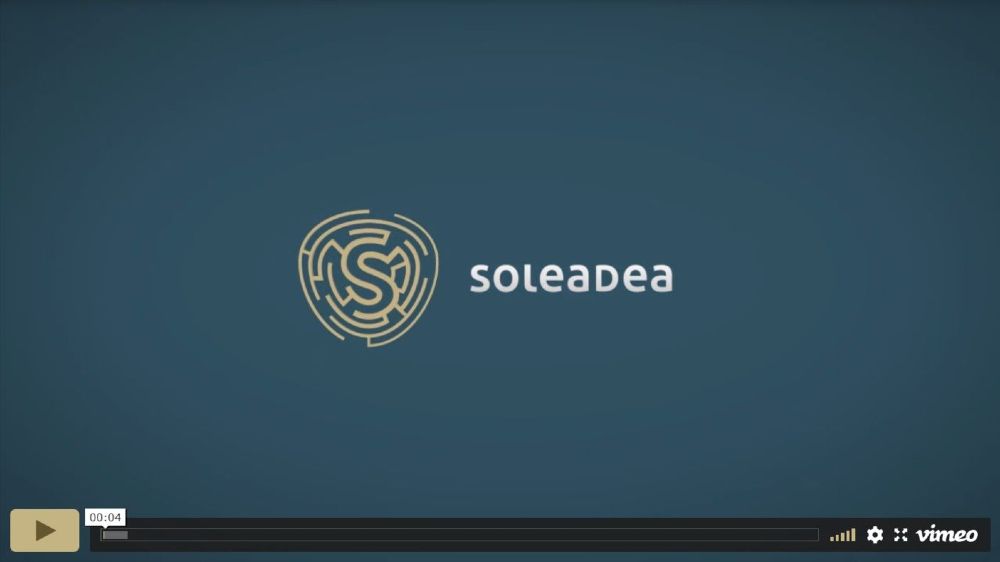Level 1 CFA® Exam:
Arbitrage
Arbitrage & Law of One Price
Arbitrage is a process through which an investor earns a profit without bearing any risk. The trick is to notice that the same or equivalent assets have different prices in different markets or in the same market. The basis for arbitrage is the so-called law of one price which has it that assets generating identical future cash flows should be priced at the same level.
Short Selling
Short selling is when you borrow a share, then sell it in the market and after some time you repurchase it and return it to the lender. Generally investors will engage in the short sale of shares if they expect a decrease in share prices. But in the case of arbitrage, as you you’ll see in examples below, investor’s expectations about future share prices are not important at all. It’s because, thanks to arbitrage you earn risk-free profits, so any changes in asset prices are irrelevant.
Theoretical Forward Price
Using simple compounding, the theoretical forward price, i.e. the price that eliminates the arbitrage profit in case of a forward contract, is equal to the price of the underlying stock times one plus risk-free interest rate:
\(F=S\times(1+r)\)
Let us see how arbitrage works if we have stocks and forward contracts on these stocks.
Suppose that a share of stock of Carbon, Inc. costs USD 100 and the risk-free interest rate is 5%. The price of a 1-year forward contract on one share equals USD 102 in the market. How will an arbitrage look like?
The theoretical forward price that eliminates the arbitrage profit equals:
We can see that the forward price in the market is below the theoretical value. This creates an opportunity for arbitrage. Generally the rule is that you should buy what is cheap and sell what is expensive.
Today, investor should:
- buy a forward contract, which means that next year she will be able to buy a share for USD 102 from the contract seller,
- sell short a share for a period of one year,
- invest the money from the short sale (USD 100) for one year at a risk-free rate of 5%.
After 1 year:
- the investor takes USD 105 from her deposit,
- terminates the contract, namely she buys the share for USD 102 and
- gives it back to the entity from which he borrowed it.
This is how she makes a profit of USD 3 (= USD 105 – USD 102).
A share of Carbon, Inc. costs USD 100, and the risk-free interest rate is 5%. The price of a 1-year forward contract on a share equals USD 109 in the market. How will an arbitrage look like?
(...)
- Arbitrage is a process through which an investor earns a profit without bearing any risk.
- Investors buy cheap assets and sell expensive ones and arbitrage is always possible as long as the prices of the same or equivalent assets on different markets are different. By definition, “pure” arbitrage is risk-free.
- Short selling is when you borrow a share, then sell it in the market and after some time you repurchase it and return it to the lender.
- The activity of many arbitrageurs makes the prices more and more efficient, which reduces and eventually eliminates the scope for arbitrage. So, arbitrage transactions improve market efficiency.


